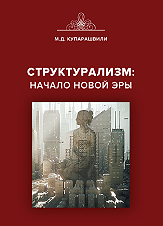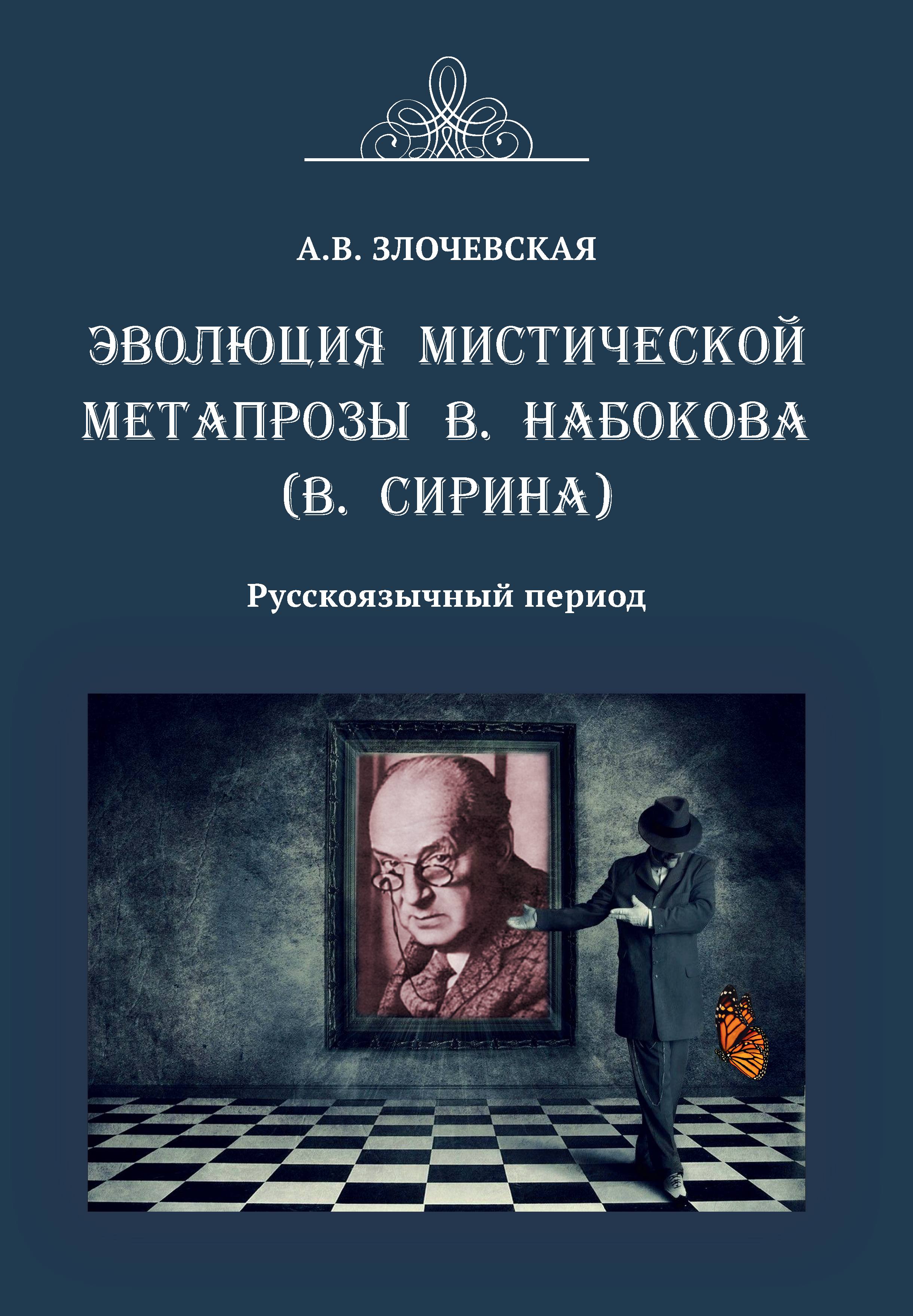Vladimir V. Fortunatov, Dr. Sc. (History), Professor of the Department of History and Philosophy, Emperor Alexander I St. Petersburg State University of Railway Engineering, e-mail: fortunatov50@mail.ru
Ekaterina E. Platova, Dr. Sc. (History), Professor of the Department of History and Philosophy, St. Petersburg State University of Railway Engineering named after Emperor Alexander I, e-mail: eplatova@mail.ru
The article highlights the activities of the trade union of workers of higher education and scientific institutions during the Great Patriotic War of 1941–1945. With the use of archival and other materials, it is shown that, despite the serious restructuring of the work of trade union organizations in relation to the conditions of the war, the TUWHE&SI continued to perform their main functions: representation and protection of the interests of trade union members before state authorities, satisfaction of material and spiritual needs of workers, care for children and family members. Support from trade union organizations was in great demand and was highly appreciated in a wide range of employees of universities and scientific institutions.
Keywords: trade union of workers of higher education and scientific institutions of the USSR, higher educational institutions, scientific institutions, mass production, cultural work
References
1. The Great Patriotic War of 1941–1945. Encyclopedia. Moscow, Soviet Encyclopedia Publ., 1985.
2. Teacher’s newspaper. 1941. June 23.
3. State Archive of the Russian Federation (GARF). F. R-5462. Op. 19.
4. Sergey Semenovich Nametkin. According to the memoirs of contemporaries. Moscow, 1982.
5. Teachers’ Gazette. 1945. April 25.
6. Fortunatov, V.V., Platova, E.E. Trade unions of education workers in 1941–1945. Narodnoe Obrazovanie Obrazovanie. 2020. No. 4. P. 129–138.
7. Chernyak, S.A. Soviet general education school in the years of the Great Patriotic War: Historical and pedagogical study. Moscow: Pedagogy, 1984.



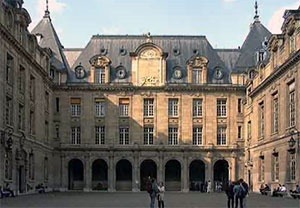
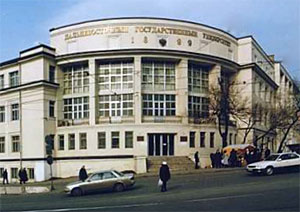

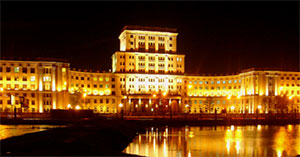
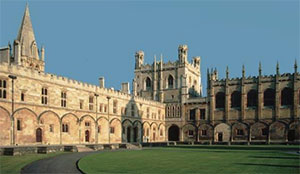
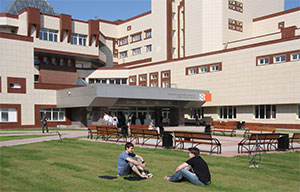



.png)
